Pirc Defense: Complete Guide for Black
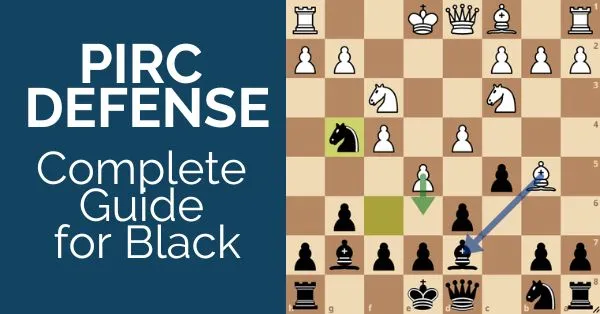
Pirc Defense is a hypermodern opening named after the five-time Yugoslavian Champion Vasja Pirc. At the highest level, the opening has always been staying on the roadside of the mainstream theory.
Still, Mikhail Botvinnik used it in the Century Match in 1970, and Robert Fischer employed it against Boris Spassky in the World Championship in 1972.
Later, Zurab Azmaiparashvili started playing this opening on a regular basis and even defeated Anatoly Karpov with it.
The Pirc Defense usually starts with the moves 1.e4 d6 2.d4 Nf6 3.Nc3 g6.
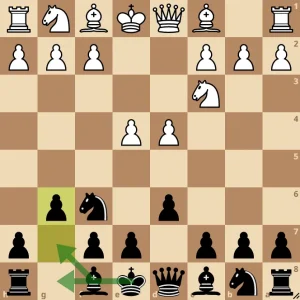
Pirc Defense has a lot in common with the King’s Indian Defense. The only difference is that White’s pawn is on c4 there instead of c2. This little change affects White’s plans, but Black’s setup remains mostly the same. Black usually aims to break White’s center with …e7-e5 or …c7-c5; another popular idea is the expansion on the queenside with …c7-c6 and …b7-b5.
At the highest level, the Pirc is used from time to time when Black aims to imbalance the game and strives for a win. It was many times employed by Nepomniachtchi, Kramnik, Svidler, Mamedyarov, Grischuk, and other strong players. At the club level, it is a frequent guest and is often used as the main weapon.
Since Black doesn’t put pressure on the center immediately, White has free hands to choose how to proceed. They can opt for calm systems such as the Classical and the Fianchetto Variations or go for a sharper play. For the latter, White usually goes for the opposite castling or plays the Austrian Attack with f2-f4. Let’s take a look at White’s main tries.
The Classical System – Pirc Defense
In the Classical System, White develops their knight on f3, the bishop on e2, and castles kingside. This was Anatoly Karpov’s favorite system against the Pirc. White steers the game to the positional grounds and often aims to restrict Black’s activity.
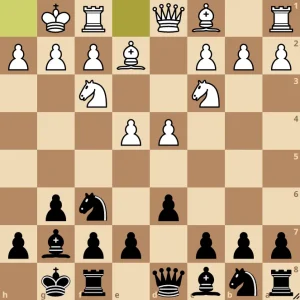
Black has tried different ways of dealing with this system. The most popular one is 6…c6 7.a4 Nbd7, planning to push e7-e5. It usually yields Black a solid position with chances to outplay the opponent in the long run. White often trades on e5, entering a symmetrical pawn structure, but the arising positions are still tricky. Another approach is connected with an active piece play in the center with 6…Bg4 or 6…Nc6. Below you can see how Azmaiparashvili used such a plan against Karpov.
The Austrian Attack – Pirc Defense
The Austrian Attack is White’s most aggressive try. It forces Black to walk on thin ice but at the same time, raises their chances for a dangerous counter-play.
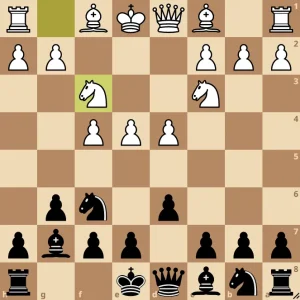
Black’s main responses are 5…0-0 and 5…c5. The latter was used by Fischer against Spassky in the World Championship match in 1972. The point is to react to 6.dxc5 with 6…Qa5. The arising positions are similar to the ones from the Dragon Sicilian. You can take a look at that game below.
After 5…c5, White’s most popular response is 6.Bb5+, when after 6…Bd7 7.e5 Ng4, they choose between 8.e6 and 8.Bxd7+.

According to my database, more than 400 games ended in a draw with a repetition after a queen sacrifice: 8.e6 fxe6 9.Ng5 Bxb5 10.Nxe6 Bxd4 11.Nxd8 Bf2+ 12.Kd2 Be3+ 13.Ke1 Bf2+, etc. The first game to end with this beautiful sequence was Bischoff – Kinderman, Munich 1988.
Both sides can deviate from this draw: Black can choose 8…Bxb5, whereas White can try 10.Qxg4.
Instead of 8.e6, it seems more promising for White to try 8.Bxd7 Qxd7 9.d5. After 9…dxe5 10.h3 e4! 11.Nxe4 Nf6 12.Nxf6 Bxf6 13.0-0 0-0, the following position arises:
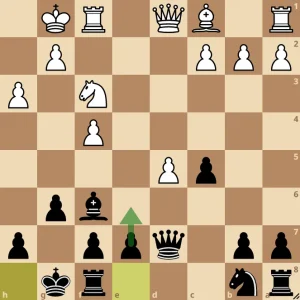
White has more space, but Black plans to challenge that with …e7-e6. The position was seen in more than 200 games. The encounter between Mamedov and Carlsen (Shamkir, 2018) ended in a draw.
If Black castles on move 5 (instead of 5…c5), White usually develops with 6.Bd3 or initiates the crisis with 6.e5 immediately.
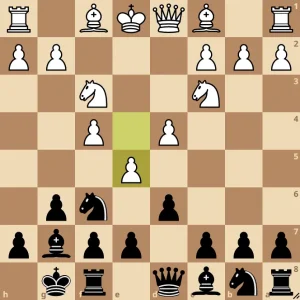
Black should be careful. After 6…Nfd7, White often goes all-in with 7.h4 c5 8.h5, trying to get to the Black king no matter what. The game can proceed 8…cxd4 9.Qxd4 dxe5 10.Qf2 e4 11.Ng5 Nf6 12.hxg6 hxg6 13.Qh4.
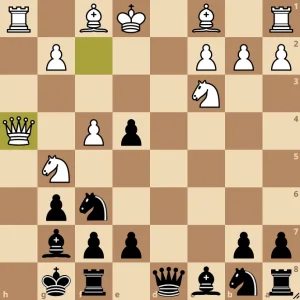
White’s attack looks dangerous, but Black has enough defensive and counterattacking resources. A possible continuation is 13…Qd4 14.Ncxe4 Rd8, when White’s king also starts feeling insecure. This line illustrates how resilient Black’s position is in the Pirc Defense.
Although, with precise play, Black should be fine, it seems to be unnecessary. It is probably safer to go for 6…dxe5 7.fxe5 Nd5 instead. After 8.Bc4 Nxc3 9.bxc3 c5, Black gets the play in the spirit of the Grunfeld Defense.
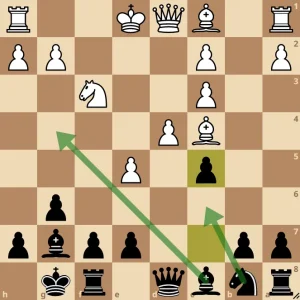
After 6.Bd3, Black can play for either …e7-e5 (with 6…Nc6) or …c7-c5 with (6…Na6).

The latter option is the most popular one. It usually leads to the positions in the style of the Benoni Defense. After 6…Na6 7.0-0 c5 8.d5, the following position arises.

White’s space and center control yield them good chances in the center and the kingside. Black has to organize counterplay on the queenside by means of …b7-b5 until White gets anything real. Below you can see an example.
The queenside castling setups
If White goes for opposite castling, they usually do it with 4.Be3.
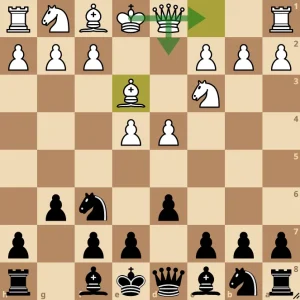
White plans to proceed with Qd2, trade dark-squared bishops on h6, and use the h-pawn to open up Black’s castle. The same idea could be seen in the Sicilian Dragon. Black counterattacks on the queenside with …c7-c6 (or …a7-a6) and …b7-b5.
If Black continues straightforwardly with 4…Bg7 5.Qd2 0-0, White seems to be faster: 6.0-0-0 c6 7.f3 b5 8.h4.
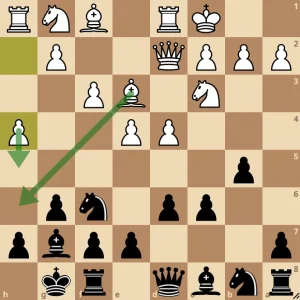
That is why Black came up with the idea of delaying castling or even Bg7. This is the idea behind 4…c6.
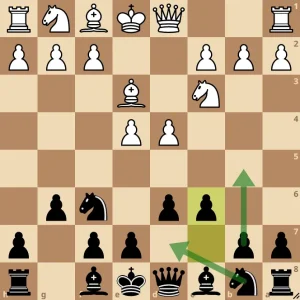
Black wants to develop the initiative on the queenside first and pay attention to the kingside only after that. The idea is so effective that White often changes the initial plan and does something else. One of the popular plans is to go for the kingside castle, which is similar to the Classical Variation. Another possibility is to play in the style of the Austrian Attack with 5.h3 Nbd7 6.f4.
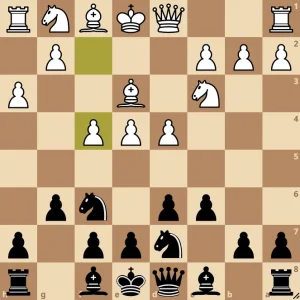
Now Black has to deal with the threat of e4-e5. It is either done by 6…e5 or 6…b5, planning to meet 7.e5 with 7…b4!
The line leads to unbalanced positions, and you can see an example below.
The Fianchetto System – Pirc Defense
White has the option to fianchetto too. It usually leads to a slow positional struggle where a better player can prevail. After 4.g3 Bg7 5.Bg2 0-0 6.Nge2 e5 7.h3
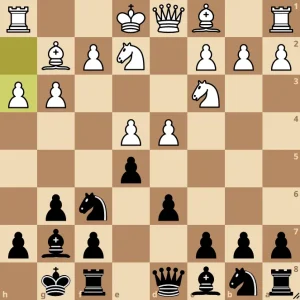
Black’s setup depends on the position of the queenside knight. 7…Nc6 is the most popular move, but there are also plans that involve …Nbd7 or …Na6. Black’s position is flexible and can be approached differently. You can see an example below.
[PGN Krasenkow]
Other setups in Pirc
White has a lot of various setups. They can start with 4.Bg5, 4.Bf4, 4.Bc4, or something else. Every move brings certain changes to the character of the game, but Black can play similarly to the main lines and choose any of the setups mentioned above. In the viewer below, you can see how Vasja Pirc treated the positions arising from his favorite opening.
Conclusion
The Pirc Defense is a flexible and versatile opening. Black usually opts for it to obtain active play and winning chances. Both sides have a lot of options, and the game can take any direction.
If White chooses a positional setup, the game slows down, and with all the pieces still on the board, Black has chances to outplay the opponent in the long run.
Alternatively, if White chooses an aggressive setup, Black gets what they wanted in the first place – a fighting game with any outcome possible.
https://thechessworld.com/store/product/pirc-defence-for-black-with-im-marcin-sieciechowicz/




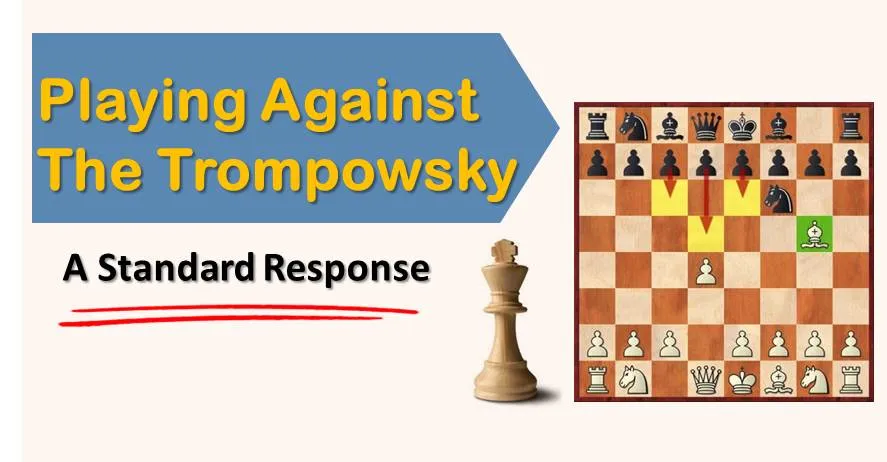
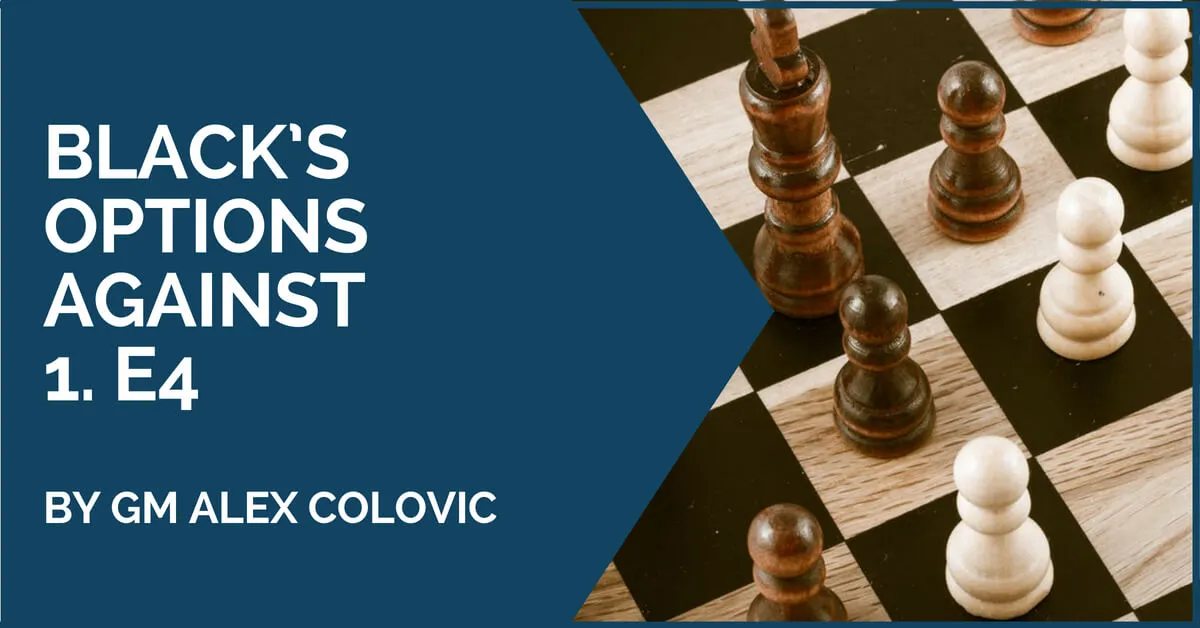




Comments: